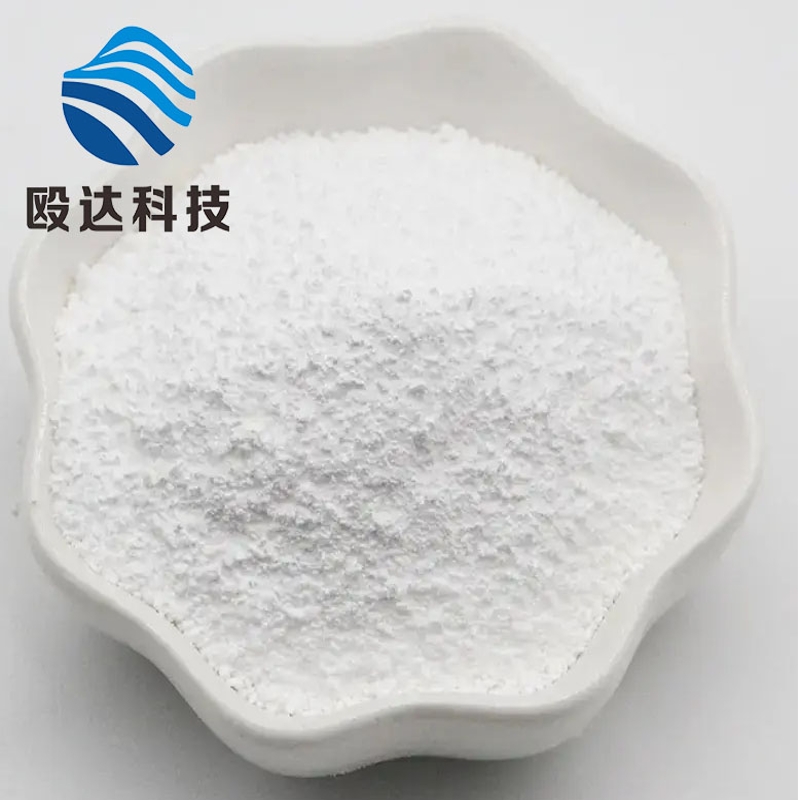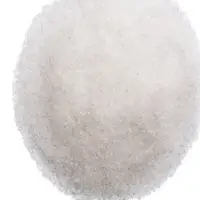-
Categories
-
Pharmaceutical Intermediates
-
Active Pharmaceutical Ingredients
-
Food Additives
- Industrial Coatings
- Agrochemicals
- Dyes and Pigments
- Surfactant
- Flavors and Fragrances
- Chemical Reagents
- Catalyst and Auxiliary
- Natural Products
- Inorganic Chemistry
-
Organic Chemistry
-
Biochemical Engineering
- Analytical Chemistry
- Cosmetic Ingredient
-
Pharmaceutical Intermediates
Promotion
ECHEMI Mall
Wholesale
Weekly Price
Exhibition
News
-
Trade Service
Budd-Chiari syndrome (BCS) is an obstructive lesion of the hepatic vein and/or inferior vena cava above its opening, and its causes include hypercoagulable states, myeloproliferative disorders, and environmental conditions
.
BCS can be divided into three types
: hepatic venous obstruction, inferior vena cava obstruction, and mixed type.
This article presents the epidemiological data, clinical manifestations, diagnosis, and treatment methods of BCS for reference
.
Key points at a glance:
- BCS is a rare disease with significant differences in clinical manifestations in different patients
. - Color Doppler ultrasonography is preferred for the diagnosis of BCS, followed by contrast-enhanced CT or MRI scan
. - For the treatment of BCS, the preferred approach for patients with BCS in the West is gradual management, including medical therapy, angioplasty, transjugular intrahepatic portosystemic shunts (TIPS), or liver transplantation; Patients with BCS in Asia often have short segments of thrombosis or narrowing of the vascular opening, and angioplasty is the preferred invasive treatment
.
Epidemiology - BCS is a rare disease Overall, BCS is a rare disease
.
A recent meta-analysis pooled data from several large studies in Europe and Asia and found an annual incidence of BCS of 1 in 1 million and a combined incidence of 11 per 1 million
.
China still lacks BCS national epidemiological data, Zhang et al.
analyzed the Chinese BCS literature before 2013, estimated that the annual incidence of BCS in China was 0.
88/1 million, Henan, Jiangsu, Shandong and Anhui are high incidence areas of BCS in China, mostly located in the Huanghuai River Basin
.
Clinical manifestations – The clinical presentation of BCS varies
significantly from patient to patient and may be associated with the severity of venous obstruction, which can range from complete asymptomatic to acute liver failure
。 In fulminant BCS, hepatic encephalopathy can occur within days to weeks of jaundice; Acute BCS is characterized by acute ascites and hepatic necrosis in the absence of venous collateral circulation; Subacute BCS has milder clinical manifestations; Chronic BCS can present with cirrhosis and portal hypertension
.
Common clinical manifestations of patients with BCS with hepatic vein obstruction include abdominal distension, abdominal pain, hepatosplenomegaly, varying degrees of jaundice, high protein, refractory ascites, and gastrointestinal bleeding
.
Common clinical manifestations in patients with inferior vena cava obstructive BCS include oedema of both lower extremities, superficial varicose veins of the abdominal wall and trunk, pigmentation, and recurrent refractory ulcers
.
Diagnosis – Doppler ultrasound
is preferred to confirm BCS by imaging
.
Doppler ultrasound is the first-line imaging modality for BCS, followed by contrast-enhanced CT or MRI scans
.
Contrast CT or MRI should be performed whenever clinical suspicion for BCS is high, regardless of negative or inconclusive Doppler ultrasound, to confirm the diagnosis of BCS, assess the extent of thrombus, develop a treatment plan, exclude malignancy, and evaluate for liver nodules and morphological changes
.
Treatment – management of acute, subacute, or chronic BCS The preferred approach for patients with BCS in the West is gradual management
, including medical therapy, angioplasty, TIPS, or liver transplantation; Patients with BCS in Asia often have short segments of thrombosis or narrowing of the vascular opening, and angioplasty is the preferred invasive treatment
.
Figures 1 and 2 show the management of BCS patients in Asia as summarized by the 2021 Asia-Pacific Society of
Hepatology.
Fig.
1 Management methods of acute BCS Figure 2 Management methods
of subacute or chronic BCS with hepatic vein obstruction References 1.
WANG Xueying, XU Wentao, DANG Xiaowei, et al.
2021 Asia-Pacific Society of Hepatology Consensus Guidance: Interpretation of Bug-Chia Syndrome[J].
Journal of Clinical Hepatobiliary Diseases, 2021,37(11):2555-2557 2.
XUE Wei, LI Weizhi, MA Fuquan, et al.
Current status of diagnosis and treatment of Budd-Chiari syndrome[J].
Journal of Clinical Surgery, 2020,28(06):593-595 3.
Haque LYK, Lim JK.
Budd-Chiari Syndrome: An Uncommon Cause of Chronic Liver Disease that Cannot Be Missed.
Clin Liver Dis.
2020 Aug; 24(3):453-481.
doi: 10.
1016/j.
cld.
2020.
04.
012.
4.
Shukla A, Shreshtha A, Mukund A, et al.
Budd-Chiari syndrome: consensus guidance of the Asian Pacific Association for the study of the liver (APASL).
Hepatol Int.
2021 Jun; 15(3):531-567.
doi: 10.
1007/s12072-021-10189-4.







